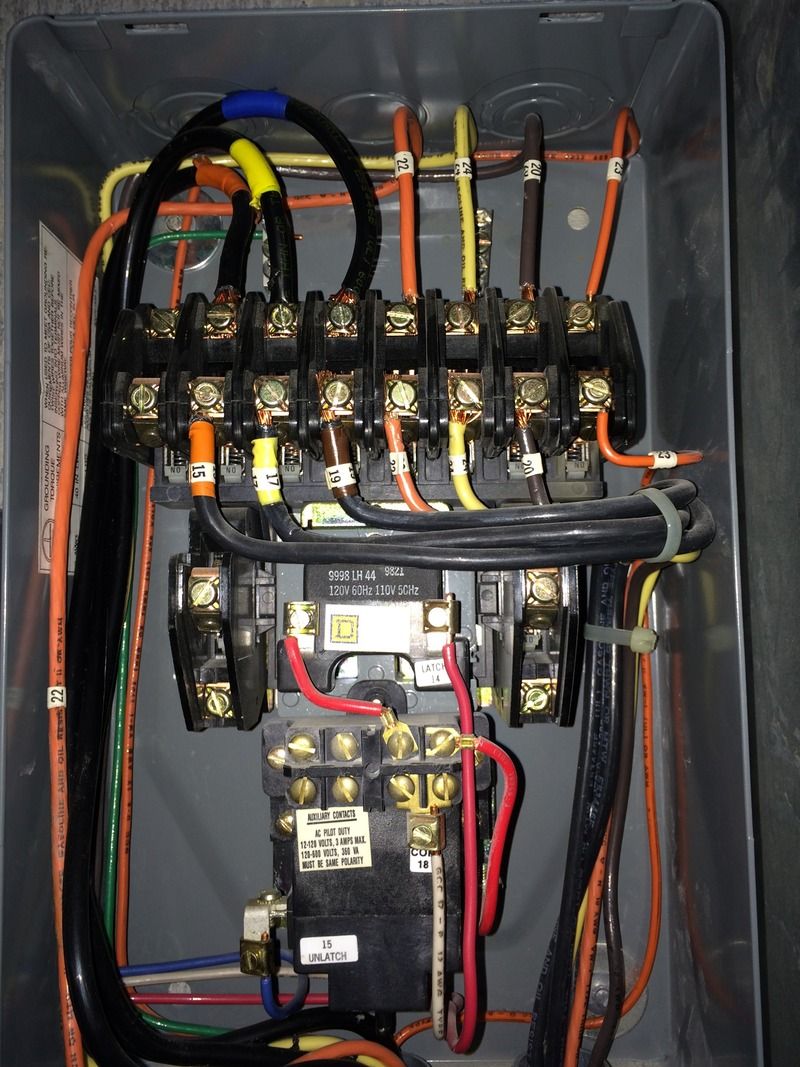Standard photocells are "make" contact on darkness, "break" on light... IIRC... so that would likely be a lights on version.
If my guess is correct, the contactor itself uses a mechanical latch... sorta like a push-button ON/OFF switch. The module below it, to which timer wires are connected, is a two-line constant signal to one-line pulse signal converter just for this purpose. It probably has integral timed-off relays to cut off the constant signal...
...but what I can't figure out is how the module knows what position the contactor is in when powered up for the first time??? Perhaps one has to set it manually if in the wrong position??? Never seen one like that before, not that I've all that many. :blink:


